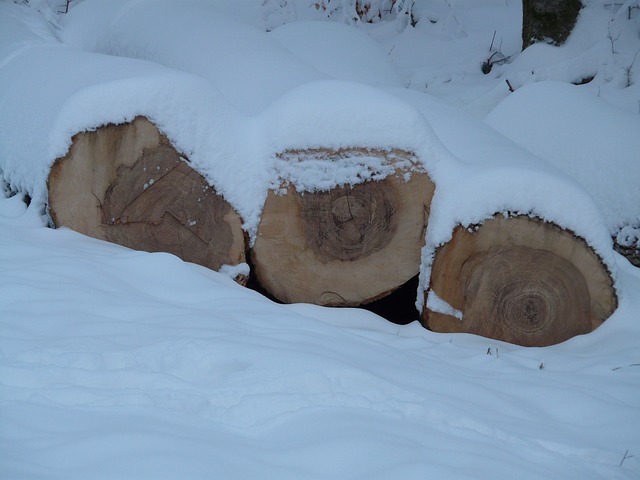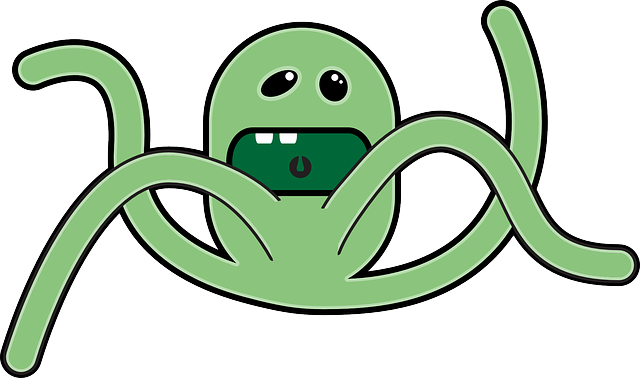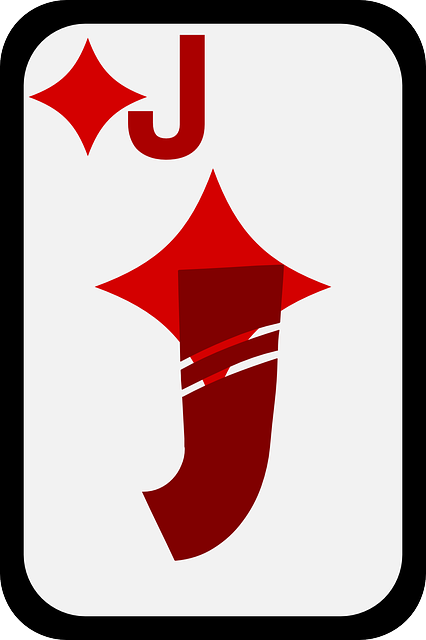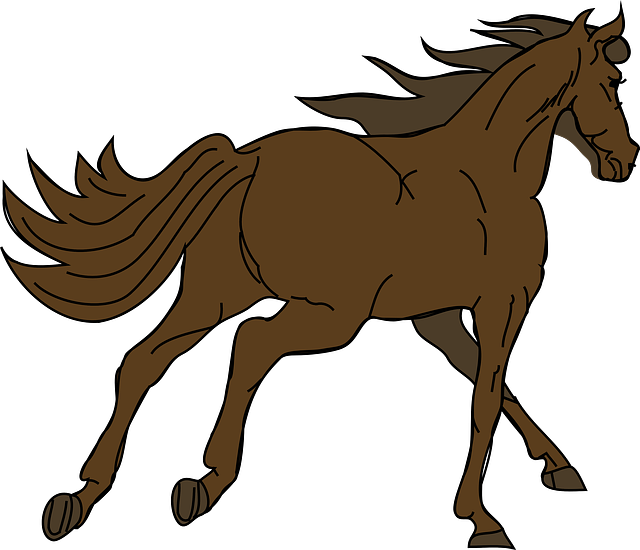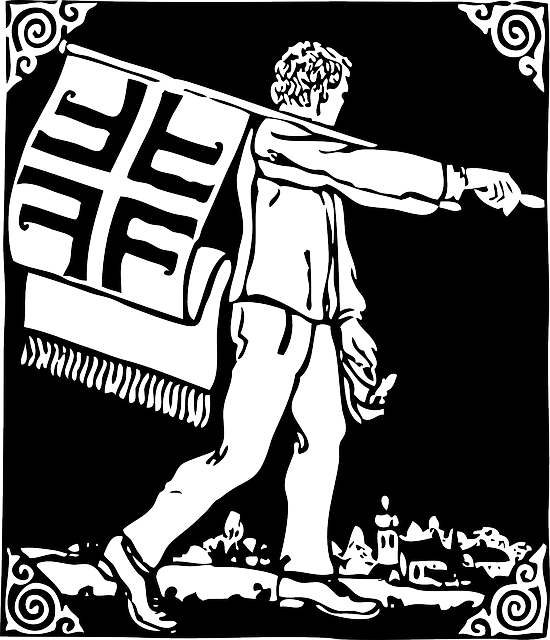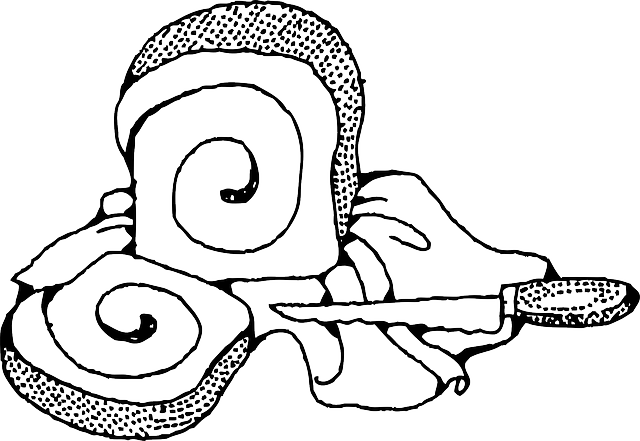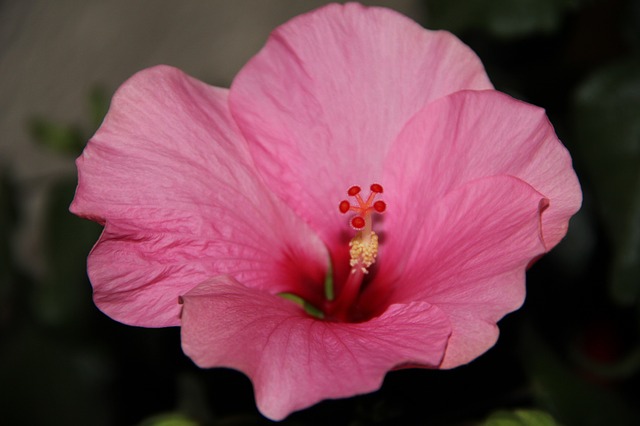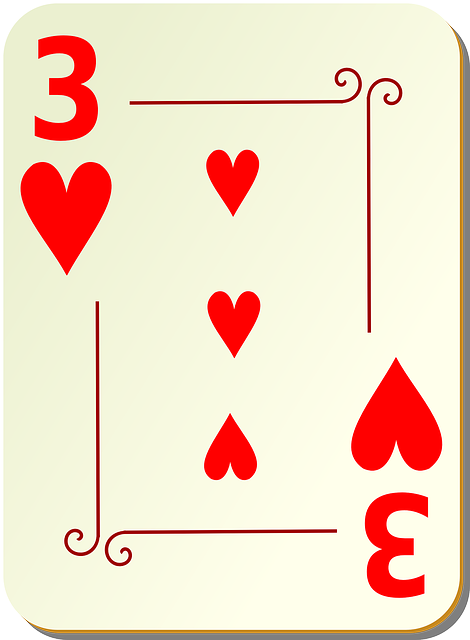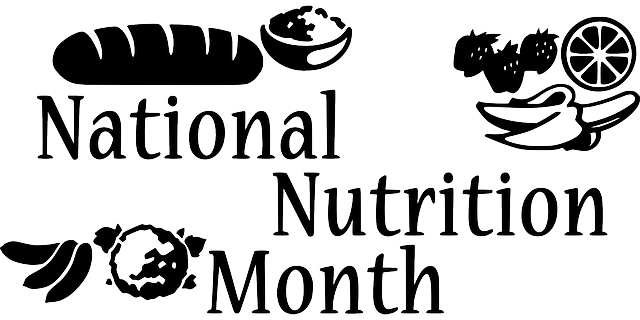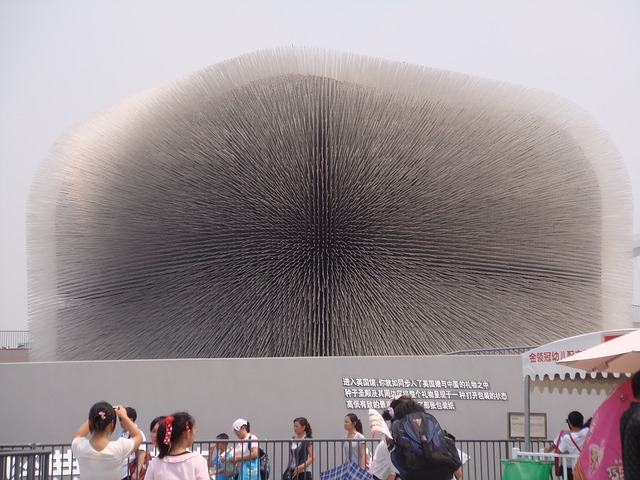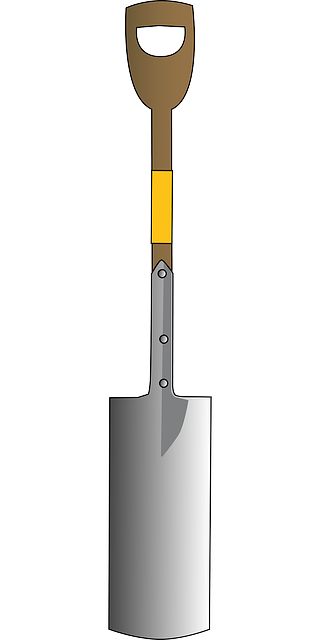قومان
القومان (Cumans ؛ پولوڤتسي Polovtsi) كانوا شعب بدوي رحال توركي يتألف من الفرع الغربي من اتحاد القومان-القپچاق. وبعد الغزوالمنغولي (1237)، طلب الكثير منهم اللجوء في المجر، كما حتى عددا مماثلاً من القومان كان قد استقر في المجر وبلغاريا والأناضول قبل الغزو.
ولقرابتهم للپچنگ, فقد استوطنوا منطقة متنقلة شمال البحر الأسود وبحذى نهر ڤولگا تـُعهد بإسم قومانيا، حيث تدخل القومان-القپچاق في سياسة القوقاز والدولة الخوارزمية. وكان القومان مقاتلين أشداء مرهوبي الجانب في سهوب أوراسيا ، وكان لهم أثر باقٍ على البلقان القروسطي. وكان تعدادهم كبير وثقافتهم متقدمة وجيوشهم قوية.
وفي آخر الأمر استقر عدد كبير منهم غرب البحر الأسود، فأثروا على سياسات روس الكييڤية، إمارة گاليسيا-ڤولهينيا، خانية القبيل المضىي، الامبراطورية البلغارية الثانية، مملكة صربيا ومملكة المجر ومولداڤيا، مملكة جورجيا، الامبراطورية البيزنطية، امبراطورية نيقيا، والامبراطورية اللاتينية ووالاخيا، من خلال المهاجرين القومان الذين اندمجوا في نخبة جميع من تلك الدول. كما لعب القومان دوراً بارزاً في الحملة الصليبية الرابعة وفي إنشاء الامبراطورية البلغارية الثانية. اتحدت قبائل القومان والقپچاق سياسياً لتشكل اتحاد القومان-قپچاق.
لغة القومان مذكورة في بعض الوثائق القروسطية وهي من أشهر اللغات التوركية المبكرة. Codex Cumanicus كان مرجعاً لغوياً كـُتـِب لمساعدة المنصرين الكاثوليك في التواصل مع شعب القومان.
الأداة الأساسية للنجاح السياسي للقومان كان القوة العسكرية، التي سيطرت على جميع من الفصائل المتناحرة في البلقان. استقرت جماعات القومان واختلطت مع السكان المحليين في أراتى البلقان، وأسس المستوطنون القومان ثلاث أسر حاكمة بلغارية متتالية (Asenids وTerterids وShishmanids) وأسرة ولاخية (البسارابيين); إلا أنه في حالات الأسر الحاكمة من البساراب والآسن، فإن وثائق العصور الوسطى تشير إليهم بأنهم أسر حاكمة من الڤلاخ (الرومانيين).
أسماء وأصولها
- Turkish and Azeri: Kuman, plural: Kumanlar;
- بالمجرية: Kunok;
- باليونانية: Κο[υ]μάνοι, Ko[u]mánoi;
- Kazakh: Қыпшақтар, Qıpşaqtar, قىپشاقتار;
- اوزبكية: Qipchoqlar, Қипчоқлар;
- بالچواشية: Кăпчаксем, Kăpçaksem;
- بالتتارية: Команнар/Кыпчаклар, Qomannar/Qıpçaqlar;
- بالبشكيرية: Ҡыпсаҡтар/ҡомандар, Qıpsaqtar/qomandar;
- باللاتينية: Pallidi, Comani, Cuni;
- بالرومانية: Cumani;
- بالپولندية: Połowcy, Plauci (Kumanowie);
- بالروسية: Половцы, Polovtsy;
- بالاوكرانية: Половці, Polovtsi;
- بالبيلاروسية: По́лаўцы/кыпчакі/куманы, Poławcy/kypčaki/kumany;
- Bulgarian, Serbian and Macedonian: Кумани, Kumani;
- Croatian: Kumani
- Czech: Plavci;
- بالجورجية: ყივჩაყი, ყიფჩაღი, Qivçaqi, Qipçaḡi;
- German: Falones, Phalagi, Valvi, Valewen, Valani
The original meaning of the endonym Cuman is unknown. It is also often unclear whether a particular name refers to the Cumans alone, or to both them and the Kipchaks, as the two tribes often lived side by side. However, in Turkic languages qu, qun, qūn, quman or qoman means "pale, sallow, cream coloured", "pale yellow", or "yellowish grey". While it is normally assumed that the name referred to the Cumans's hair, Imre Baski – a prominent Turkologist – has suggested that it may have other origins, including:
- the color of the Cumans' horses (i.e. cream tones are found among Central Asian breeds such as the Akhal-Teke);
- a traditional water vessel, known as a quman, or;
- a Turkic word for "force" or "power".
In East Slavic languages and Polish, they are known as the Polovtsy, derived from the Slavic root *polvъ "pale; light yellow; blonde". Polovtsy or Polovec is often said to be derived from the Old East Slavic polovŭ (половъ) "yellow; pale" by the Russians – all meaning "blond". The old Ukrainian word polovtsy (Пóловці), derived from polovo "straw" – means "blond, pale yellow". The western Cumans, or Polovtsy, were also called Sorochinetses by the Rus', – apparently derived from the Turkic sary chechle "yellow-haired". A similar etymology may have been at work in the name of the Sary people, who also migrated westward ahead of the Qun.[] However, according to O. Suleymenov polovtsy may come from a Slavic word for "blue-eyed", i.e. the Serbo-Croatian plȃv (пла̑в) means "blue", but this word also means "fair, blonde" and is in fact a cognate of the above; cf. Eastern Slavic polovŭ, Russian polóvyj (поло́вый), Ukrainian polovýj (полови́й). An alternative etymology of Polovtsy is also possible: the Slavic root *pȍlje "field" (cf. Russian póle), which would therefore imply that Polovtsy were "men of the field" or "men of the steppe".
In Germanic languages, the Cumans were called Folban, Vallani or Valwe – all derivations of old Germanic words for "pale". In the German account by Adam of Bremen, and in Matthaios of Edessa, the Cumans were referred to as the "Blond Ones".
The Hungarian term for the Cumans is Kun (also Qoun; Kunok), which in Old Hungarian meant "nomad", but was later applied solely to the Cumans.
As stated above, it is unknown whether the name Kipchak referred only to the Kipchaks proper, or to the Cumans as well. The two tribes eventually fused, lived together and probably exchanged weaponry, culture and languages; the Cumans encompassed the western half of the confederation, while the Kipchaks and (presumably) the Kangli/Kankalis (a ruling clan of the Pechenegs) encompassed the eastern half.The word Kipchak is said to be derived from the Iranian words kip "red; blonde" and cak/chak "Scythian". This confederation and their living together may have made it difficult for historians to write exclusively about either nation.
The member clans of the Cumans and/or Kipchaks were: the Terteroba (Ter'trobichi), Etioba/Ietioba, Kay, Itogli, Kochoba (meaning "Ram Clan"), Urosoba, El'Borili, Kangarogli, Andjogli, Durut, Djartan, Karabirkli, Kotan/Hotan, Kulabaogli, Olelric, Altunopa ("Gold Clan"), Toksobychi, Burchevychi, Ulashevichi (Ulash-oghlu), Chitieevichi, Elobichi, Kolabichi, Etebichi, Yeltunovychi, Yetebychi, Berish, Olperliuve (Olperlu), Emiakovie (Yemek), Phalagi, Olberli, Toksobichi or Toqsoba (meaning either "plump leather bottle" or "nine clans"), Borchol or Burdjogli ("Pepper Sons"), Csertan or Curtan ("pike"), Olas or Ulas ("union; federation"), Kor or Kol ("little; few"), Ilunesuk ("little snake") and Koncsog. The latter seven clans eventually settled in Hungary.
التاريخ
الأصول
The ethnic origins of the Cumanians are uncertain.[] The Cumans were reported to have had blond hair, fair skin and blue eyes (which set them apart from other groups and later puzzled historians), although their anthropological characteristics suggest that their geographical origin might be in Inner-Asia, South-Siberia, or (as Istvan Vassary postulates) east of the large bend of the Yellow River in China. Robert Wolff states that it is conjectured[] that ethnically the Cumans may not originally have been Turkic. The Roman natural philosopher Pliny the Elder (who lived in the 1st century AD), in describing the "Gates of Caucasus" (Derbent, or Darial Gorge), mentions "a fortress, the name of which is Cumania, erected for the purpose of preventing the passage of the innumerable tribes that lay beyond". The Greek philosopher Strabo (died ح. 24 AD) refers to the Darial Gorge (also known as the Iberian Gates or the Caucasian Gates) as Porta Caucasica and Porta Cumana. The writings of al Marwazi (c. 1120) state that the "Qun" people (as the Cumans were called in Hungary) came from the northern Chinese borders – "the land of Qitay" (possibly during a part of a migration from further east). After leaving the lands of the Khitans (possibly due to Kitai expansion), they entered the territory of the Shari/Sari people. Marwazi wrote that the Qun were Nestorian Christians.
It cannot be established whether the Cumans conquered the Kipchaks or whether they simply represent the western mass of largely Kipchak-Turkic speaking tribes. A "victim" of the Cuman migration to the west was the Kimek Khanate (743-1220), which dissolved but then regrouped under Kipchak-Cuman leadership.[بحاجة لمصدر] Due to this, Kimek tribal elements were represented amongst the Cuman-Kipchaks. The Syrian historian Yaqut (1179–1229) also mentions the Qun in , where he notes that "(the sixth iqlim) begins where the meridian shadow of the equinox is seven, six-tenths, and one-sixth of one-tenth of a foot. Its end exceeds its beginning by only one foot. It begins in the homeland of the Qani, Qun, Khirkhiz, Kimak, at-Tagazgaz, the lands of the Turkomans, Fārāb, and the country of the Khazars." The Armenian historian, Matthew of Edessa (died 1144), also mentioned the Cumans, using the name χartešk (khartes, meaning "blond", "pale", "fair").
The Cumans entered the grasslands of the present-day southern Russian steppe in the 11th century AD and went on to assault the Byzantine Empire, the Kingdom of Hungary, the Principality of Pereyaslavl and Kievan Rus'. The Cumans' entry into the area pressed the Oghuz Turks to shift west, which in turn caused the Pechenegs to move to the west of the Dnieper River. Cuman and Rus' attacks contributed to the departure of the Oghuz from the steppes north of the Black Sea. The Cumans first entered the Bugeac (Bessarabia) at some point around 1068–1078. They launched a joint expedition with the Pechenegs against Adrianople in 1078. During that same year the Cumans were also fighting the Rus'. The Russian Primary Chronicle mentions Yemek Cumans who were active in the region of Volga Bulgaria.
The vast territory of the Cuman-Kipchak realm consisted of loosely connected tribal units that represented a dominant military force but were never politically united by a strong central power; the khans acted on their own initiative. The Cuman-Kipchaks never established a state, instead forming a Cuman-Kipchak confederation (Cumania/Desht-i Qipchaq/Zemlja Poloveckaja(Polovcian Land)/Pole Poloveckoe(Polovcian Plain), التي امتدت من الدانوب في الغرب إلى Taraz, قزخستان في الشرق. This was possibly due to their facing no prolonged threat before the Mongol invasion, and it may have either prolonged their existence or quickened their destruction. Robert Wolff states that it was discipline and cohesion that permitted the Cuman-Kipchaks to conquer such a vast territory. al-Idrīsī states that Cumania got its name from the city of Cumania; he wrote, "From the city of Khazaria to the city of Kirait is 25 miles. From there to Cumanie, which has given its name to the Cumans, it is 25 miles; this city is called Black Cumania. From the city of Black Cumania to the city of Tmutorakan (MaTlUqa), which is called White Cumania, it is 50 miles. White Cumania is a large inhabited city...Indeed, in this fifth part of the seventh section there is the northern part of the land of Russia and the northern part of the land of Cumania...In this sixth part there is a description of the land of Inner Cumania and parts of the land of Bulgaria."
معارك في روس الكييڤية والبلقان
الغزوات المنغولية
الاستقرار في السهل المجري
انخراط القومان في صربيا
القبيل المضىي ومرتزقة للبيزنطيين
الثقافة
التكتيكات العسكرية
الدين
The Cumans practiced Shamanism and Tengrism. Their belief system had animistic and shamanistic elements; they celebrated the cult of ancestors and provided the dead with objects whose lavishness paralleled the recipient's social rank.
Codex Cumanicus
The Codex Cumanicus, which was written by Italian merchants and German missionaries between 1294 and 1356, was a linguistic manual for the Turkic Cuman language of the Middle Ages, designed to help Catholic missionaries communicate with the Cumans. It consisted of a Latin-Persian-Cuman glossary, grammar observations, lists of consumer goods and Cuman riddles.
خانات الپولوڤتسي (التآريخ الروذينية)
- Iskal or Eskel (possibly a self-name of a Bulgaric tribe (Nushibi)) who were mentioned by أحمد بن فضلان after visiting Volga region in 921–922. They also were mentioned by Abu Saʿīd Gardēzī in his Zayn al-Akhbār. According to Bernhard Karlgren, Eskels became the شعب المجر Székelys. Yury Zuev thought that Iskal who is mentioned in the Laurentian Codex about the first military encounter of Cumans against the Ruthenians on February 2, 1061, is personification of a tribal name.
فهم الوراثة
Gallery
Cuman statue in Nieborów, Poland
"Baba" 11th century, Luhansk
"Baba" 11th century, Luhansk
"Baba" 11th century, Luhansk
"Baba" 11th century, Luhansk
"Baba" 11th century, Luhansk
Cuman statue
Cuman statue
Cuman sculpture
Cuman statue in Stadnitsja Kiev c. 12th century
Cuman battle mask
Cuman statue at the Donetsk local history museum
Equestrian statue of a Cuman warrior, Kunhegyes, Hungary
Cuman, 12th century, Hermitage Museum
Cuman statues near the museum on Akademik Yavornitskyi Prospekt, Dnipropetrovsk
Cuman statue
"Baba" at the Open Air Museum, Prelesne
Chormukhinsk Madonna, Luhansk
Cuman Stone statue "baba"
Cuman Stone statue "baba"
Cumans in Georgia, 14th century. A family portrait of House of Jaqeli at the Sapara monastery.
Ladislas IV "The Cuman" of Hungary, 14th century
Ladislaus IV of Hungary "the Cuman"
Elizabeth the Cuman mediaeval seal
Kunkereszt ("Cuman cross") in Belez, periphery of Magyarcsanád, Hungary
Cuman stone statues "babas"
Cuman statues from Ukraine in Neues Museum, Berlin
Cumans
Cuman chain mail
Cuman statue
Cuman prairie art, as exhibited in Dnipropetrovsk
Cumans in Hungary
Cuman burial mound in Hungary
Cuman stone statues in Donetsk damaged in fighting (22 September 2014)
See also
- Notable people of Cuman descent
- Cumania
- The Cuman Tsaritsa of Bulgaria
- Roman Catholic Diocese of Cumania
- Kuns
- Kumandins – a branch of the Cumans that still exists up to this day, in Siberia
- Terter clan
- Delhi Sultanate – Qutb ad-Din Aibeg, founder of the Delhi sultanate, was a Cuman; redeemed from slavery by Afghan shakh Mahmud Ghuri, he became his governor in Delhi and proclaimed independence after the death of his patron.
- Igor Svyatoslavich
- Kipchak
- Nomad
- Kumyks
- Crimean Tatars
- Pechenegs
- Komnenos dynasty
- Komnina (Kozani), Greece
- Turkic peoples
- Turkic languages
- Battle of the Kalka River
- Mongol invasion of Rus
- David IV of Georgia
- Tatar invasions
- Battle of the Stugna River
- Battle of Levounion
- Köten
- List of Tatar and Mongol raids against Rus'
- Mongol invasion of Europe
- History of Romania
- Crimean Karaites, an ethnic group with possible Cuman origins
- Kunság
- Bács-Kiskun County
- Kaloyan
- Cuman language
- Crimean Tatar language – possibly similar to the Cuman language
- Baibars
- Béla IV of Hungary
- Romania in the Early Middle Ages
- Stephen V of Hungary
- Foundation of Wallachia
- Battle of Adrianople (1205)
- Kunság
- Constantine Euphorbenos Katakalon
- Terter dynasty
- Basarab I of Wallachia
- Origin of the Romanians
- Anna of Hungary (1260–1281)
- Yaropolk II of Kiev
- Darman and Kudelin – Bulgarians of Cuman origin
- Elizabeth of Sicily, Queen of Hungary (Trouble with Cumans)
- Elizabeth of Hungary, Queen of Serbia -one of the older children of King Stephen V of Hungary and his wife Elizabeth the Cuman
- Kumani Supporters Ultras group from Macedonia
- Shishman of Vidin (Shishman dynasty of the Second Bulgarian Empire is most probably of Cuman origin)
- Roman the Great – he waged two successful campaigns against the Cumans
- Ladislaus IV of Hungary – he was also known as King Ladislas the Cuman, son of Elizabeth the Cuman
- History of Transylvania
- Asen dynasty – dynasty of the Second Bulgarian Empire. Historians claim a Bulgarian, Romanian or Cuman origin
- Madjars
Notes
- ^ Encyclopædia Britannica Online -
- ^ Robert Lee Wolff: "'الامبراطورية البلغارية الثانية.' Its Origin and History to 1204" Speculum, Volume 24, Issue 2 (April 1949), 179; "Thereafter, the influx of الپچنگ and Cumans turned Bulgaria into a battleground between Byzantium and these Turkish tribes..."
- ^ Bartusis, Mark C. (1997). The Late Byzantine Army: Arms and Society, 1204–1453. University of Pennsylvania Press. pp. 26–27. ISBN .
- ^ Spinei, Victor (2009). . Leiden: Brill.
- ^ "Cuman (people)". Britannica Online Encyclopedia. Retrieved 14 June 2015.
- ^ "Mitochondrial-DNA-of-ancient-Cumanians". Goliath.ecnext.com. Archived from the original on 2010-01-24. Retrieved 1 March 2014.
- ^ Vásáry, István (2005). Cumans and Tatars Oriental Military in the Pre-Ottoman Balkans 1185–1365. Cambridge University Press. ISBN .
- ^ Sinor, Sinor, ed. (1990). The Cambridge History of Early Inner Asia, Volume 1. Cambridge University Press. ISBN .
- ^ "Cumans". Encyclopediaofukraine.com. Retrieved 13 April 2011.
- ^ Bartlett, W. B. (2012). The Mongols: From Genghis Khan to Tamerlane. Amberley Publishing Limited. ISBN .
- ^ Prawdin, Michael (1940). . Transaction Publishers. pp. 212–15. ISBN . Retrieved 14 June 2015.
- ^ Nicolle, David; Shpakovsky, Victor (2001). . Osprey Publishing. ISBN .
- ^ Grumeza, Ion (4 August 2010). . University Press of America. ISBN .
- ^ Rădvan, Laurențiu (1 January 2010). . BRILL. p. 129. ISBN . Retrieved 14 June 2015.
- ^ Krüger, Peter (1993). . Hitzeroth. p. 32. ISBN . Retrieved 14 June 2015.
- ^ For example: "Bazarab infidelis Olacus noster", "Basarab Olacus et filii eiusdem", "Bazarab filium Thocomerius scismaticum olachis nostris." http://www.arcanum.hu/mol/lpext.dll/fejer/152e/153a/1654?fn=document-frame.htm&f=templates&2.0
- ^ Stephenson, Paul (2000). Byzantium's Balkan Frontier: A Political Study of the Northern Balkans, 900–1204. Cambridge University Press. ISBN .
- ^ Loewenthal, Rudolf (1957). . Mouton. Retrieved 2008-03-23.
- ^ Oxford Dictionary of Byzantium, p. 563
- ^ Paksoy, H. B., ed. (1992). . ISIS Press. ISBN .
- ^ Boĭkova, Elena Vladimirovna; Rybakov, R. B. (2006). Kinship in the Altaic World. Otto Harrassowitz Verlag. ISBN .
- ^ Khazanov, Anatoly M.; Wink, André, eds. (2001). Nomads in the Sedentary World. Psychology Press. p. 44. ISBN .
- ^ Imre Baski, "On the ethnic names of the Cumans of Hungary", Kinship in the Altaic World: Proceedings of the 48th Permanent International Altaistic Conference, Moscow 10–15 July 2005 (eds Elena V. Boikova, Rosislav B. Rybakov) Wiesbaden, Harrassowitz Verlag, pp. 48, 52.
- ^ Justin Dragosani-Brantingham (19 October 2011) [1999]. "An Illustrated Introduction to the Kipchak Turks" (PDF). kipchak.com. Archived (PDF) from the original on 2013-09-30. Retrieved 1 March 2014.
- ^ Nicolle, David; McBride, Angus (1988). . Osprey Publishing. ISBN . Retrieved 14 June 2015.
- ^ Dobrodomov I.G., 1978, 123
- ^ Ignjatić, Zdravko (2005). ESSE English-Serbian Serbian-English Dictionary and Grammar. Belgrade, Serbia: Institute for Foreign Languages. p. 1033. ISBN .
- ^ Rick Derksen, Etymological Dictionary of the Slavic Inherited Lexicon (Brill: Leiden-Boston, 2008), 412.
- ^ István Vásáry, Cumans and Tatars: Oriental Military in the Pre-Ottoman Balkans, 1185–1365, Cambridge, Cambridge University Press, p. 5.
- ^ Kamusella, Tomasz (2012). The Politics of Language and Nationalism in Modern Central Europe. Palgrave Macmillan. p. 264. ISBN .
- ^ H. B. Paksoy, ed. (1992). . CARRIE E Books. ISBN . Retrieved 29 April 2015.
- ^ MacDermott, Mercia (1998). Bulgarian Folk Customs. Jessica Kingsley Publishers. p. 27. ISBN .
- ^ Paloczi Horvath 1998, 2001.
- ^ Erika Bogácsi-Szabó (2006). "Population genetic and diagnostic mitochondrial DNA and autosomal marker analysis of ancient bones excavated in Hungary and modern examples" (PDF). University of Szeged. Retrieved 14 June 2015.
- ^ Wolff, Robert Lee (1976). Studies in the Latin Empire of Constantinople. London: Variorum. ISBN .
- ^ Pliny the Elder, The Natural History of Pliny Volume 2, p. 21.
-
^ Wikisource has the text of the 1911 Encyclopædia Britannica article قومان.
- ^ Minorsky, V. (1942), Sharaf al-Zaman Tahir Marvazī on China, the Turks and India. Arabic text (circa A.D. 1120) with an English translation and commentary. London. 1, pp. 242–243.
- ^ Yaqut, Kitab mu'jam al-budan, p. 31.
- ^ Kincses-Nagy,, Éva (2013). A Disappeared People and a Disappeared Language: The Cumans and the Cuman language of Hungary. Szeged University.CS1 maint: extra punctuation (link)
- ^ Spinei, Victor. The Great Migrations in the East and South East of Europe from the Ninth to the Thirteenth Century: Cumans and Mongols. p. 323. ISBN .
- ^ Golden, Peter B. (1992). An Introduction to the History of the Turkic Peoples. Wiesbaden: Otto Harrassowitz. p. 277. ISBN .
- ^ Drobny, Jaroslav. Cumans and Kipchaks: Between Ethnonym and Toponym. p. 208.
- ^ خطأ استشهاد: وسم
<ref>غير سليم؛ لا نص تم توفيره للمراجع المسماةBaldick2012
للاستزادة
- (بالروسية) Golubovsky Peter V. (1884) Pechenegs, Torks and Cumans before the invasion of the Tatars. History of the South Russian steppes in the 9th-13th Centuries (Печенеги, Торки и Половцы до нашествия татар. История южно-русских степей IX–XIII вв.) at Runivers.ru in DjVu format.
- (بالروسية) Golubovsky Peter V. (1889) Cumans in Hungary. Historical essay (Половцы в Венгрии. Исторический очерк) at Runivers.ru in DjVu format.
- István Vásáry (2005) "Cumans and Tatars", Cambridge University Press.
- Gyárfás István: A Jászkunok Története
- Györffy György: A Codex Cumanicus mai kérdései
- Györffy György: A magyarság keleti elemei
- Hunfalvy: Etnographia
- Perfecky (translator): Galician-Volhynian Chronicle
- Stephenson, Paul. Byzantium's Balkan Frontier: A Political Study of the Northern Balkans, 900–1204, Cambridge University Press, 2000
وصلات خارجية
- Mitochondrial DNA of ancient Cumanians: culturally Asian steppe nomadic immigrants with substantially more western Eurasian mitochondrial DNA lineages
- Map of migration
- Cuman Royal House


